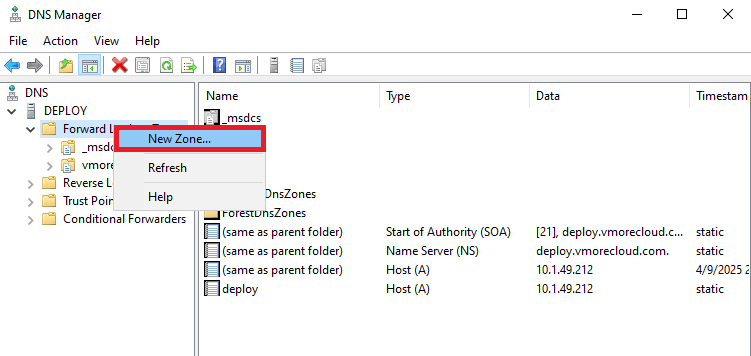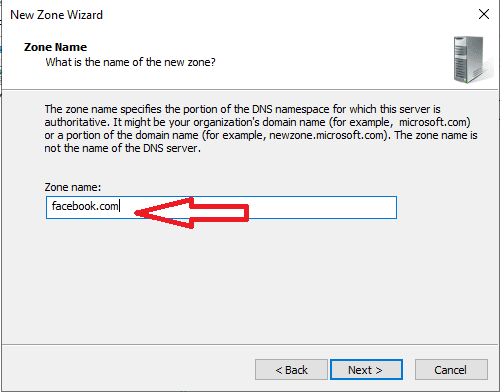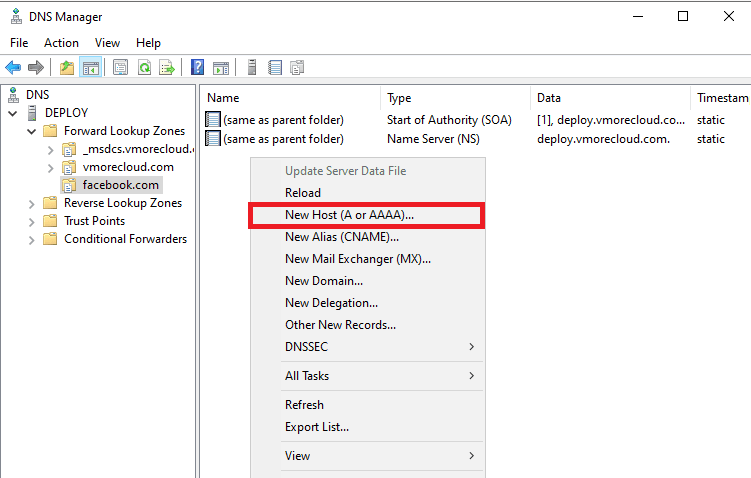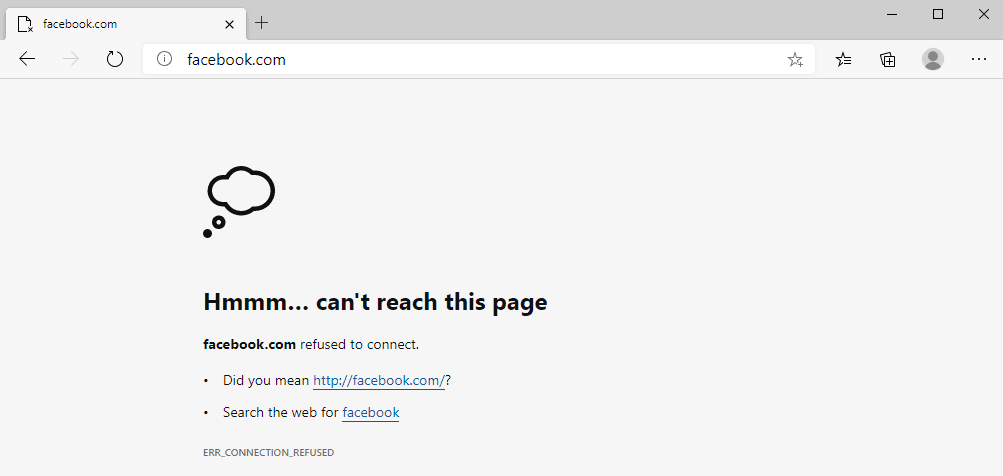How to block websites using DNS Server in Windows Server 2025

Introduction
In today’s digital world, managing who gets access to what on a network is more important than ever. Whether you’re running a business, a school, or just trying to keep your home network safe, controlling website access can help protect users from malicious sites, distractions like social media, or other unwanted content.
One of the best ways to do this? Using a DNS Server on Windows Server 2025. It’s an effective, centralized solution that gives you control over what can and can’t be accessed on your network.
In this guide, we’ll break down why DNS-based website blocking is so useful, how to set it up step by step, and the best practices to follow. Plus, we’ll explore some alternative methods and explain why DNS filtering is often the best choice.
Why Block Certain Websites?
Blocking websites on a network isn’t just about restricting access—it serves several important purposes, from security to productivity and even bandwidth management. Let’s break it down:
Why Block Websites?
🔹 Security Protection:
Cyber threats are everywhere. Blocking access to phishing sites, malware-infected domains, and hacking platforms helps keep your network safe from cyberattacks and data breaches.
🔹 Productivity Management
In workplaces, unrestricted internet access can lead to distractions. Blocking sites like social media, streaming platforms, and gaming websites helps employees stay focused and improves efficiency.
🔹 Parental Controls
For home networks, parents can use website blocking to ensure children don’t access inappropriate or harmful content, giving them more control over internet usage.
🔹 Bandwidth Management
Certain websites, like video streaming and large file-sharing platforms, consume a lot of bandwidth, slowing down the internet for everyone else. Blocking these can help maintain a smooth and fast network.
Why Use a DNS Server for Blocking?
There are different ways to block websites—firewalls, browser extensions, or device-level restrictions. However, a DNS Server offers centralized control, meaning:It applies to all devices on the network (no need to configure each one separately).It works at the network level, making it harder for users to bypass.It’s scalable, meaning you can apply rules to a large number of users easily.In the next steps, we’ll dive into how to set up website blocking using a DNS Server on Windows Server 2025.
Websites Using a DNS Server in W
Step 1: Install DNS Server Role.
Open Server Manager → Click Manage → Add Roles and Features.
Choose Role-based or feature-based installation → Click Next. Select your server → Click Next. Check DNS Server → Click Next. Confirm installation → Click Install. Wait for installation to complete. As we already installed the DNS, we will proceed to the next step.
Step 2: Create a New DNS Zone for Website Blocking
Open DNS Manager. Type this command (dnsmgmt.msc) in the run command to open DNS.

Right-click on Forward Lookup Zones → Click New Zone and click next.

Select Primary Zone → Click Next.

Name the zone using the domain of the website you want to block (e.g., facebook.com).

Select Do not allow dynamic updates → Click Finish.
When Do not allow dynamic updates is enabled in a Windows DNS server, it prevents clients or other servers from dynamically adding, changing, or deleting DNS records in the zone. This option is particularly important when blocking a specific website, as it ensures that only authorized administrators can modify or add records. With this setting enabled, no device or server can automatically update DNS records without explicit permission or manual configuration, effectively safeguarding the DNS records from unauthorized changes.

Step 3: Create a Wildcard Record to Redirect Requests
Inside the new facebook.com zone, right-click → Click New Host (A or AAAA).

Leave the Name field blank (for wildcard blocking).
Enter 127.0.0.1 in the IP Address field (or redirect to a custom error page).
Click Add Host → Click Done.

Step 4: Test the Website Block
On a client PC, open Command Prompt (cmd.exe).Type: nslookup facebook.com → Press Enter.If the result shows 127.0.0.1, the DNS block is working.Try to open Facebook in a browser – It should fail to load.

Step 5: Apply Group Policy to Enforce DNS Usage
Open Group Policy Management (gpmc.msc). Navigate to Computer Configuration → Administrative Templates → Network → DNS Client.
Double-click Specify DNS Servers. Enable the policy and set the IP address of the DNS Server.
Click Apply → OK.
Run gpupdate /force to apply the policy.
The command gpupdate /force is used in Windows to manually update Group Policy settings on a computer. Group Policy is a feature that allows administrators to control various system and user settings across a network. Normally, the gpupdate command refreshes the Group Policy settings on a local machine, applying only the policies that have changed since the last update. However, when the /force flag is added, it forces a complete refresh of all Group Policy settings, even if they haven’t changed. This ensures that both User Configuration and Computer Configuration policies are reapplied, regardless of whether they were altered. While Group Policy settings are usually updated automatically at regular intervals (typically every 90 minutes), running gpupdate /force applies the settings immediately, without waiting for the next automatic update cycle.
Conclusion
Using a DNS Server to block websites in Windows Server 2025 is an efficient, scalable, and network-wide solution. This method ensures security, productivity, and bandwidth optimization with minimal administrative overhead.
By following this step-by-step tutorial, you can successfully implement DNS-based web filtering for your organization or home network. If you found this guide helpful, feel free to explore more Windows Server tutorials and leave a comment with your thoughts!
- Design


